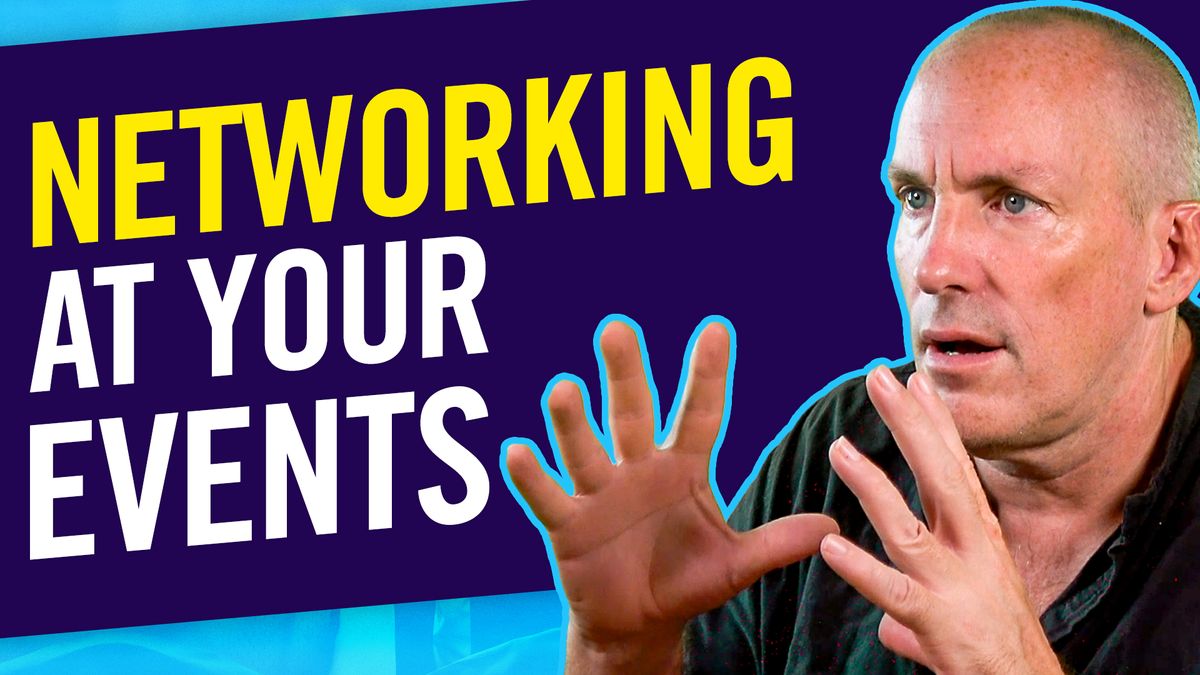Reliable Networking Hacks To Skyrocket Your Virtual Summit

Creating virtual networking opportunities as a bonus at an online summit is different from hosting a virtual networking event - whose sole purpose is to provide a space for networking - almost like facilitating online dating for business.
1. Virtual Networking Events Fit into Your Total Event Program
● Networking events are key to your virtual summit program as they gather leads and promote connections between attendees.
● Align your virtual networking events with your total event program, identifying where one might fit as a helpful piece of a virtual conference or where one might stand alone.
● With all the puzzle pieces in place, you’ll have a successful total event program that drives business objectives.
With that in mind, let’s look at virtual networking formats you can include in your summit to make it more attractive to both speakers and attendees:
2. How do you facilitate networking at a virtual summit?
The physical proximity of in-person events allows attendees to create their community for the duration of the event. How do you deliver those connections virtually?
Just because you’re not sitting across the table from an attendee or speaking to them at a physical booth doesn’t mean you can’t leverage your virtual event to make that connection.
When planning networking for your virtual conference, there are three different types of connections to consider when building a community experience.
a) Sales networking with attendees
You’ve been conducting virtual one-on-one meetings for years, certainly for the past few months, as onsite visits aren’t practical. Apply those same principles to your virtual event.
With appointment scheduling tools, sales can set up meetings with attendees before the event, taking a valuable spot on their agenda early.
b) Attendees networking with attendees
It would be best if you considered attendees networking with attendees.
Your mobile event app will be critical for these connections. Using messaging tools and the event feed, attendees can connect with other attendees.
By scheduling happy hours, breakout rooms, virtual round tables, and one-on-ones, you further encourage networking.
c) Sponsors or exhibitors networking with attendees
You must provide networking opportunities for sponsors and exhibitors to network with attendees.
Exhibitors, other attendees, and even your sales teams can review the registration list for the virtual event and make appointments the old-fashioned way by sending an email with a Zoom link.
You’ll likely get more and better engagement if you make it easy and seamless to schedule an appointment from within the virtual experience itself.
3. Common Guidelines for Networking At Virtual Events
● Start with introductions (depending on the structure and size of the event)
● Appoint a moderator who can mute
● Don’t let one person monopolize the conversation
● Set time limits for discussions and individuals
● Stay on mute when not speaking
● Keep your video on and make sure your background isn’t distracting
● Have contact information loaded in the event and ready to share
● Introduce attendees a few days before the event and make information accessible on the virtual event site
● Pose questions before the event to give attendees time to prepare answers
● Code of conduct that highlights no defamatory language, berating, etc.
4. Virtual Networking Event Formats
Breakout Rooms
● If you aren’t using breakout rooms for networking events, you should consider it.
● Designed to group individuals from one large group into a predetermined number of smaller groups, breakout rooms allow attendees to meet new people randomly.
● If your networking session is discussion-driven, pose a few questions ahead of the event to give attendees time to prepare. During the event break into different groups for each round of questions, coming together at the end to share insights.
Q&A
● One form of networking, though not as inclusive as others, is a Q&A with a panel of speakers.
● When kept small, attendees can pose questions through your virtual tech tool and get answers in real time.
● Even better, keep all attendees on video and have them pose their questions in a pre-determined order.
● Then, after the Q&A portion, attendees can discuss what was learned.
Moderated Discussions
● Moderated discussions are one of the best virtual networking event types.
● With a small group, have a moderator lead a discussion.
● The moderator is in charge of choosing individuals to speak to, deciding by hand raising and chat or Q&A features, then guiding the conversation from start to finish.
Virtual Speed Networking
● Virtual speed networking relies on the breakout room features of your virtual tech platform.
● When the attendees join the event, you can designate the size of the breakout rooms randomly and send them there for a specified amount of time.
● Then, the groups join back together and can be sent out, once again, to a new breakout.
● This process can repeat as many times as you want.
By integrating networking into your Virtual Summit plans, you are adding an entirely new dimension many Virtual Summit hosts are missing out on.
I know that allowing our attendees to the network has become a huge selling point for repeat attendees looking forward to meeting other people.
By allowing your sponsors and speakers to interact, you also become a more attractive summit for that person or company to present because they get more sales and lead generation opportunities.
Whether you add networking to your virtual summit or not, virtual summits are one of the best ways to create more leads, generate more sales, launch new products, position yourself as an expert, and more.




